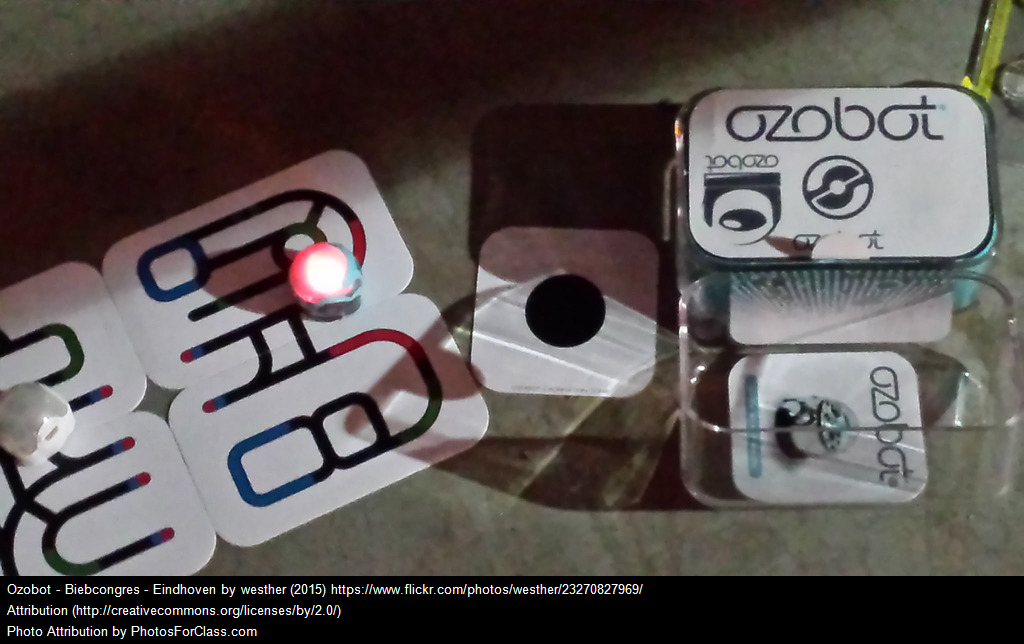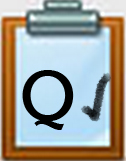Gold Ozobots: Introduction

Introduction
This is a Quest with a subset of several classroom activities. These require the use of the Ozobot. Ozobots are part of the Michigan REMC Classroom Maker Kits and are available through a number of stores and websites worldwide.
An Ozobot is a small robot that fits in the palm of a child’s hand with color sensors underneath. It can read codes drawn on paper or can be programmed using the free Ozoblockly website and pulses of light.
learning objectives
I can:
- Properly calibrate the Ozobot.
- Use the Ozobot Color Codes in the proper sequences to make Ozobot follow a path given parameters.
- Explain how Ozobot senses its environment and moves in it.
Key Vocabulary
Color Codes: Color codes are color sequences made up of two, three, or four color dots in a row located directly on a path.
Ozobot: An Ozobot is a tiny robot that reads color code.
Play the Vocabulary Game below to practice the Key Vocabulary.
.
Vocabulary Game
You can change the Quiz mode to Match, Test, Learn, Flash Cards, Spell using the selection list at the bottom right of the activity that says "Choose a Study Mode." Direct Link
An Ozobot is a tiny robot that reads color code. Ozobots have a sensor beneath them that reads color codes, or a combination of codes. An Ozobot recognizes blue, red, black, and green markers. Ozobot’s sensors are designed to read code about 150 times per second to detect red, green, blue, black, and white areas and react accordingly.
There are three different activities for Ozobots. You will go through each activity and program the Ozobot to do a variety of things. Use the links below to move on to each activity. (These activities and more can also be found on the Ozobot website.)
Competencies and Standards
MITECS Michigan Integrated Technology Competencies for Students, and
1. Empowered Learner
d. Understand the fundamental concepts of technology operations, demonstrate the ability to choose, use, and troubleshoot current technologies, and transfer their knowledge to explore emerging technologies.
4. Innovative Designer
a. Know and use a deliberate design process for generating ideas, testing theories, creating innovative artifacts, or solving authentic problems.
b. Select and use digital tools to plan and manage a design process that considers design constraints and calculated risks.
c. Develop, test, and refine prototypes as part of a cyclical design process.
d. Exhibit a tolerance for ambiguity, perseverance, and the capacity to work with open-ended problems.
5. Computational Thinker
c. Break problems into parts, extract key information, and develop descriptive models to understand complex systems or facilitate problem-solving.
d. Understandshow automation works and uses algorithmic thinking to develop a sequence of steps to create and test automated solutions.
7. Global Collaborator
c. Contribute constructively to project teams, assuming various roles and responsibilities to work effectively toward a common goal.




